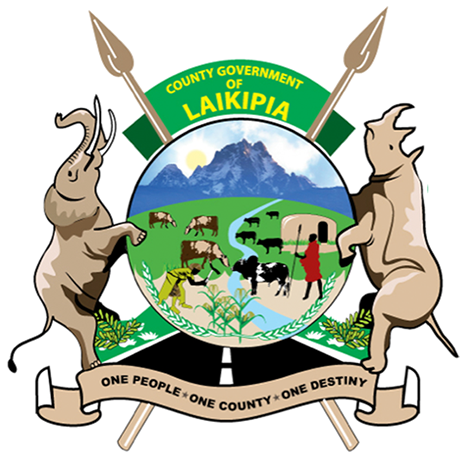Contractor For Segera's KAMUNA Water For Production Now On Site
The Kariunga-Mutirithia-Naibor (KAMUNA) water project in Segera ward has kicked off with a contractor already on site. He has six months to finish the project.
The scope of the project involves the distilling of Kariunga dam and the construction of the Naibor water pan.
After completion, 300 households are expected to benefit from water for production as the department of Agriculture targets to put 75 acres under drip irrigation.
This aims at increasing the agricultural output by ensuring consistency in production throughout the year. The crops of reference targeted by this project include Tomatoes, French beans, onions, and cabbages.
This project is going to be a game-changer as we want to ensure dams we target is constructed to supply water for irrigation benefiting surrounding farmers.
Agriculture CECM Wangari Wachira said.
Piping work originating from the Kariunga dam will be done to supply water to the targeted farmers with each of them expected to cultivate a quarter of an acre. In addition, three boreholes are going to supplement the project to ensure there is enough water to sustain irrigation and for use both for domestic consumption and livestock farming.
Water for production is among transformative projects being implemented by the County Government to grow the economy by increasing productivity and incomes.
Climate change
Considering the effects of climate change in Laikipia, the water will enable farmers to undertake irrigation activities throughout all seasons which will ensure there is consistency in agricultural production.
We have interest from organizations such as Kenya Horticulture Exporters looking for out-growers in Laikipia. We want to remove hindrances they face such as water shortage and inconsistent production by implementing this project.
Ms. Wachira said.
The CECM added that the department wants to introduce smart agriculture farming practices that will ensure there is enough product for both local and export markets.
The department has also picked 30 model farmers among the targeted 300 farmers to pilot fodder growing. These farmers will grow Rhodes grass which is resistant to drought with the aim of increasing dairy production in the area.
The farmers have formed a common interest group with aim of eventually transiting to a cooperative society. The expectation is that one acre will be able to produce 200 bales of hay translating to 6000 bales per season.
Beyond undertaking horticultural activities, the department wants to ensure that residents have other income-generating activities supported by water from these dams.
When farmers organize themselves into a cooperative, they will be able to access financial support from Economic Stimulus Fund to buy inputs such as fertilizers.
Ms. Wachira said.
They can also access finance to buy farming machineries to increase the area under irrigation. The CECM added that the department will support the hay-growing farmers to construct a hay ban to store their produce and sell it during the dry season.
